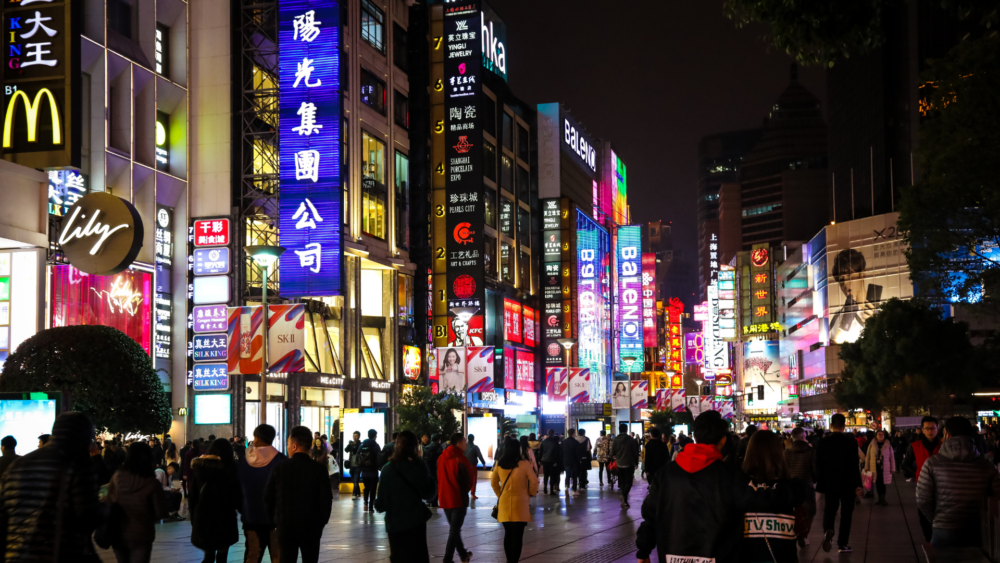There have been many developments in the translation industry over the years, such as translation technologies (Computer Assisted Translation, or “CAT Tools”, and machine translation), as well as new business models such as crowdsourcing translation.
Yet while CAT tools represent a useful support to linguists, brands have soon realised that machine translation cannot replace professional translators, especially when it comes to advertising and marketing copy. This type of copy is creative, and as such translating it requires creative thinking. Machines are simply not able to do this, as they work using logic only. Choosing machine translation for advertising copy will therefore result in any creative flair getting lost in translation (if you’ll forgive this well-worn phrase), and the result will simply not do your creative brand copy justice.
However, a few marketers still believe that there are shortcuts to good quality translation, such as crowdsourcing platforms.
While machine translation (also known as “automatic translation”) has been around a long time (since 1955, in fact), and has come a long way since it was first conceived, crowdsourcing translation is a much newer idea, and began around 2006.
Crowdsourcing Translation in a Nutshell
Crowdsourcing, to cite the definition given by Merriam-Webster, is the practice of obtaining needed services, ideas, or content by soliciting contributions from a large group of people and especially from the online community rather than from traditional employees or suppliers.
With crowdsourcing translation services, also known as “collaborative translation”, the idea is that by splitting the work between several people, both costs and timescales can be reduced.
Crowdsourcing translation platforms thus claim to be the most cost effective, and fastest, alternative to traditional translation methods, offering translations “at scale”.
While initial savings in cost and time undoubtedly can be made, there are, however, disadvantages to this type of online translation service. A service which is effectively “human machine translation”, as you can imagine, has some inherent flaws.
4 Major Downsides of Crowdsourcing Translation
Brands must take into account the following pitfalls when considering online crowdsourcing translation services:
1) A lack of qualified translators
Anyone who is bilingual, or multilingual, is invited to join in, irrespective of prior qualifications (a degree in translation, or equivalent), or professional experience. Consequently, there is no guarantee of specialised knowledge, and for certain sectors – such as medical, legal, or highly specialised technical copy – it is simply not possible to use this type of translation platform.
In short, choosing this type of service means choosing an unprofessional service. It’s far better to place your trust in a professional language service provider, who works with professional, qualified translators, editors and copywriters.
2) A lack of control over quality
Using translators who are not qualified also means that there can be no guarantee of quality. And since due to the nature of translation there is no actual “correct answer”, it is difficult to assess or control quality when it comes to online collaborative translation services. In the majority of cases, crowdsourced translations are of very poor quality, and unprofessional, with spelling, grammar and usage mistakes.
3) A lack of coordination
Marketers often undervalue the role of project managers who brief, double check and organise the translators’ workflow. This is especially important in the case of large projects involving more than one language. A professional translation agency will handle all of these aspects – with care and attention. It’s something that’s simply not done on crowdsourcing translation platforms, and as such, there is potential for headaches and mistakes.
4) A lack of consistency
Since projects are split between a large number of people who can’t communicate with one another, brands may end up producing inconsistent and off-brand content. Definitely something that should be avoided if you are serious about your brand’s image and reputation.
So what’s the verdict? Are online translation services such as crowdsourcing the way the translation industry is headed?
We don’t believe they are. Crowdsourcing translation and machine translation are, undeniably, fast and low cost. However, good quality translation that reproduces the right message and is adapted to reach the intended audience effectively, demands the professionalism of experienced translation firms.
Here at Creative Translation, we only work with professional translators with post-graduate qualifications in translation, and on top of this, proven experience. Our linguists – translators, editors and copywriters – are specialised in their sector, and we provide full project management throughout the project, as well as rigorous Quality Control checks, so you can rest assured that your translation work is in safe hands. Human hands, never a machine. And we can handle the creative stuff, as well as the technical.
For further information on how we can help you with advertising and marketing translation, or another sector or service (including medical, legal, or highly specialised technical copy), please call us on +44 (0)207294 7710 or e-mail us at info@creativetranslation.com.




